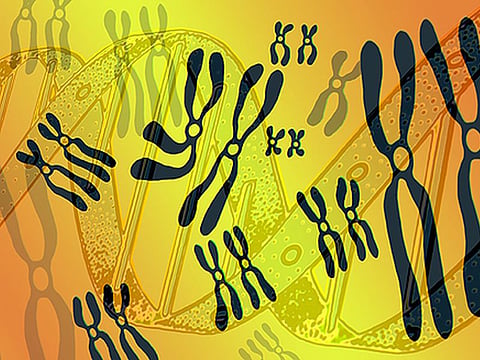FRIDAY, June 30, 2017 (HealthDay News) -- For children, genetic factors and environmental exposures are associated with islet autoantibodies, according to a study published online June 23 in Diabetes Care.
Jeffrey P. Krischer, Ph.D., from the University of South Florida in Tampa and colleagues followed infants with human leukocyte antigen-antigen D related (HLA-DR) high-risk genotypes for diabetes-related autoantibodies to age 6 years.
The researchers found that insulin autoantibodies occurred earlier than GAD antibody (GADA) and then decreased, while the incidence of GADA increased and remained constant (significant in children with HLA-DR4, but not DR3/3). Small nucleotide polymorphisms rs2476601 and rs2292239 showed elevated risk for both autoantibodies to insulin (IAA) only and GADA only; rs689 was protective of IAA only. Increased risk of GADA only was seen for rs3757247. There were correlations for male sex, father or sibling as the diabetic proband, introduction of probiotics before age 28 days, and weight at 12 months with IAA only; father as the diabetic proband and weight at 12 months correlated with GADA only. There was no risk associated with mother as the diabetic proband.
"These results show clear differences in the initiation of autoimmunity according to genetic factors and environmental exposures that give rise to IAA or GADA as the first appearing indication of autoimmunity," the authors write.
Abstract/Full Text (subscription or payment may be required)


